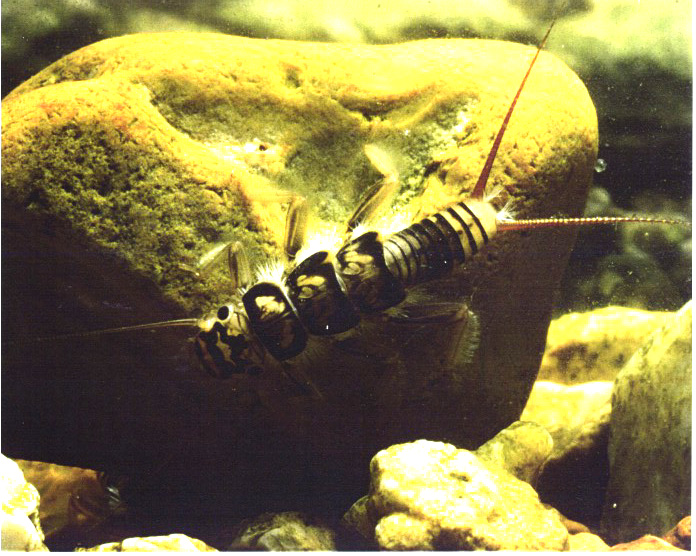Thanks for that Mario
G
Ps.Nice signaturesore I mean

Herewith some pics and stages - always makes it a bit easier when you try and explain something. It is called Friday morning coffee break boredom.

Last edited by redhumpy; 17-12-10 at 09:52 AM.
Thanks for that Mario
G
Ps.Nice signaturesore I mean

Looks to me like a damsel fly of sorts. the long antenna, makes me think caddis, but no, I will go with damselfly.
Disclaimer.... none of my posts are intended to be "expert advice"..just opinions from someone who is willing to help where he can.
Looks like a lacewing to me?
“Apparently people don't like the truth, but I do like it; I like it because it upsets a lot of people. If you show them enough times that their arguments are bullshit, then maybe just once, one of them will say, 'Oh! Wait a minute - I was wrong.' I live for that happening. Rare, I assure you” ― Lemmy Kilmister
Reap the Whirlwind - WM
Paradise = A 3wt Rod & a fist full of someone else's #32 parachutes
Hi Poppers,
It's a green lacewing AKA goldeneye AKA stinkfly - a member of a totally different Order to alder flies. I won't bother you with all the Latin stuff, but their Latin Order name loosely translated into English means 'nerve-winged' due to the prominent veins on their wings.
The wings are indeed held over the body 'rooflike' as per caddis adults when at rest. However the lacewings wings are strongly veined, the main veins usually following the contour of the body. The wings are plain and lack spots and stripes. The green lacewing has long antennae usually curving out at the end. It also has very yellowy metallic eyes, similar to the effect you get from tying two brass beadchain eyes onto the end on an artificial fly.
Your specimen shows all the above tell-tale characteristics.
FYI most of the lacewings are useful as they prey on a lot of pest/parasite insects like aphids so they are very useful to have around, and luckily the green jobbies are widely prevalent in SA. Some adults are often only pollen eaters.
The eggs are usually laid on bark or on the underside of leaves often adjacent to aphids, probably their prime food source. The hatched larvae prey on pests especially aphids and they often carry the remains of their breakfast on their backs and they are known romantically as 'trash carriers'. The larvae then pupate in silk cocoons also on bark and then hatch into the adults.
The other romantic nickname for these moogies, 'stinkflies', derives from the fact often when you pick them up they somewhat unsportingly deposit a smelly wet fart on your hand...
We have a huge number of different green lacewing species in SA - probably numbering over a hundred. If you find them in your garden try encouraging them to frequent your roses to decimate the aphids.
I've yet to see one of their Order in/on the water but who knows? Maybe a green palmer fly or green elk-hair caddis would work to imitate a cabbage-water intoxicated adult if it fell off a branch into the water...
Last edited by chris williams; 17-12-10 at 07:07 PM.
The more you know, the less you need (Aboriginal Australian proverb)
Only dead fish swim with the stream (Malcolm Muggeridge)
Thanks Chris, that was interesting.
Dave
Handle every situation like a dog.- If you cant hump it, piss on it and walk away. --JASPER.
Bookmarks